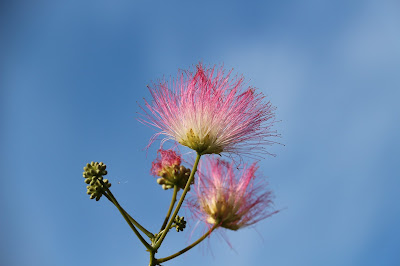| The cathedral in Quimper is dedicated to Saint Corentin, its first bishop. Of course,we bilingualists know it better as La Cathédrale Saint-Corentin de Quimper. Construction started in 1239 but was not completed for several centuries as events in the outside world impacted on the building work. The photograph above was taken from as central a point as I could and, if you look carefully, you'll be able to make out a curvature, which, admittedly, is more obvious 'in situ'.The cathedral is notable in that, unlike any other cathedral, it slightly bends to match the contours of its location and to avoid an area that was swampy at the time of the construction. In a way it reminded me of St David's Cathedral where, building on a boggy area, caused subsidence and has resulted in the nave sinking. Do we conclude that Celtic cathedral builders were not very good at their jobs? |




















No comments:
Post a Comment